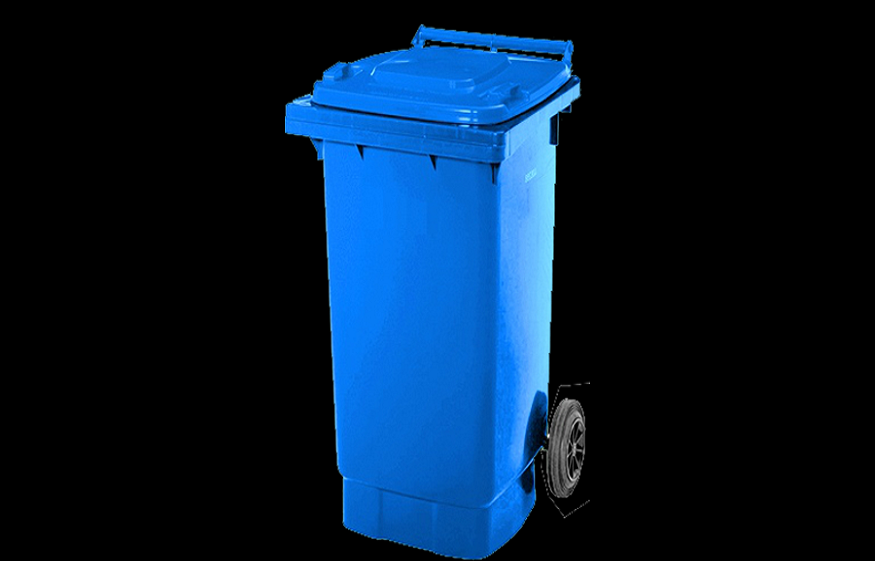Australian privacy rules are tightening. Parliament passed a first tranche of reforms in December 2024, laying the groundwork for broader changes through 2025. Small firms should expect higher standards, more accountability, and closer scrutiny of data handling.
Two anchors already apply. First, Australian Privacy Principle 11.2 requires organisations covered by the Privacy Act to take reasonable steps to destroy or de-identify personal information when it is no longer needed. Second, the Notifiable Data Breaches scheme requires notification to affected individuals and the regulator when an eligible breach is likely to cause serious harm. These duties apply to digital and paper records alike.
Where does this leave small business today? As at August 2025, the long-standing exemption for many businesses under $3 million in turnover still exists, though the government has flagged its possible removal. Prudent operators are lifting standards now to avoid a hard scramble later.
Below is a concise shredding checklist built for Australian SMBs. It turns legal intent into day-to-day practice, so paper files do not become your weakest link.
1) Confirm what you must keep, and for how long
Do not shred records you are legally obliged to retain. As a guide, most tax records must be kept for five years from preparation or lodgement. Companies must keep financial records for seven years. Employee time and wage records must also be kept for seven years. If more than one rule applies, follow the longest period.
Certain sectors have extra duties. For example, AML/CTF rules require customer identification records to be retained for seven years after a relationship ends. Again, shredding happens only when the last retention clock runs out.
2) Identify personal information in paper form
Walk through your premises and list every place where personal information lives on paper. Think client files, HR folders, printed reports, sign-in sheets, job applications, invoices with contact details, and service logs. Tag each set with a retention period and a destruction due date. This cuts guesswork later.
3) Put holds in place when needed
If a dispute, audit, or investigation is on foot, pause destruction for relevant files. Note the reason for the hold and review it regularly. This avoids accidental destruction and helps show good faith if questioned.
4) Choose the right destruction method
Cross-cut shredding that turns sheets into small confetti-like pieces is the baseline for business records. Strip-cut shredding is not recommended for files with personal information. For very sensitive material, opt for high-security shredding standards and closed-loop transport with documented chain of custody. Ask one simple question: would reassembly be practically impossible?
5) Set up secure collection points
Use locked consoles in areas where printing happens. Empty desk-side bins into consoles daily. Prohibit open boxes of “to-shred” paperwork. A tidy collection setup reduces mix-ups and discourages casual snooping.
6) Vet your provider and contract the details
If you engage a Sydney document shredding service, run basic due diligence. Check certifications, staff vetting, vehicle security, and treatment of mixed media. Your contract should specify on-site or off-site shredding, chain-of-custody steps, contingency for missed pick-ups, and how quickly certificates of destruction arrive.
7) Keep a destruction log
Record the date, location, file category, approximate volume, method, and the person who authorised destruction. Store certificates of destruction by trusted paper shredding Sydneyalongside the log. This paperwork proves you met your duty to take reasonable steps to protect and then destroy personal information.
8) Separate mixed media
Paper often travels with other media. Envelopes can contain USB sticks. Archive boxes may hold plastic cards or discs. Segregate anything non-paper for appropriate destruction. A single process for “everything in the box” sounds tidy but creates risk if the method only suits paper.
9) Train staff and test the process
Add a five-minute module to onboarding and refresh it yearly. Cover what counts as personal information, where to place it, and who can authorise destruction. Run a quarterly spot check of consoles, logs, and certificates. Minor course corrections now prevent big headaches later.
10) Link shredding to privacy governance
Your privacy policy and retention schedule should match day-to-day practice. Note in your policy that paper records are destroyed or de-identified when no longer required. The OAIC’s guidance supports this approach and is a useful reference when updating internal documents.
A quick triage guide
- Keep: files still within a legal retention period, documents on legal hold, current customer and employee records needed for operations.
- Shred: expired tax workpapers, outdated CVs and job applications, superseded reports containing personal details, duplicate printouts, and mailing lists that are no longer used.
- Clarify: industry-specific obligations that might extend retention, such as financial services, health, or education rules.
Why this matters for breach risk
Lost, stolen, or poorly discarded paper can trigger an eligible data breach if it exposes personal information that is likely to cause serious harm. Timely shredding by paper shredding service Sydney reduces exposure and narrows the impact area if an incident occurs. Reporting obligations can follow, and the reputational cost is rarely small.
Firms that store archived client files should look for secure document destruction Sydney options that include attended pickup, sealed transport, and verifiable shredding at a secure facility. Marketing teams swimming in legacy print lists and sample forms will benefit from a one-off document shredding Sydney sweep tied to a refreshed retention schedule.
All in all, shredding is not a nice-to-have add-on. It is a practical expression of privacy law, tax law, workplace law, and sound governance. Start with retention, document your process, and treat certificates as business records. That approach respects the Privacy Act’s direction to destroy or de-identify when information is no longer needed, and it trims breach risk at the same time.
If you’d like support setting this up end-to-end, a reliable paper shredding service Sydney alternative is to engage a managed provider with locked consoles, scheduled pick-ups, and auditable certificates aligned to your retention timetable.

